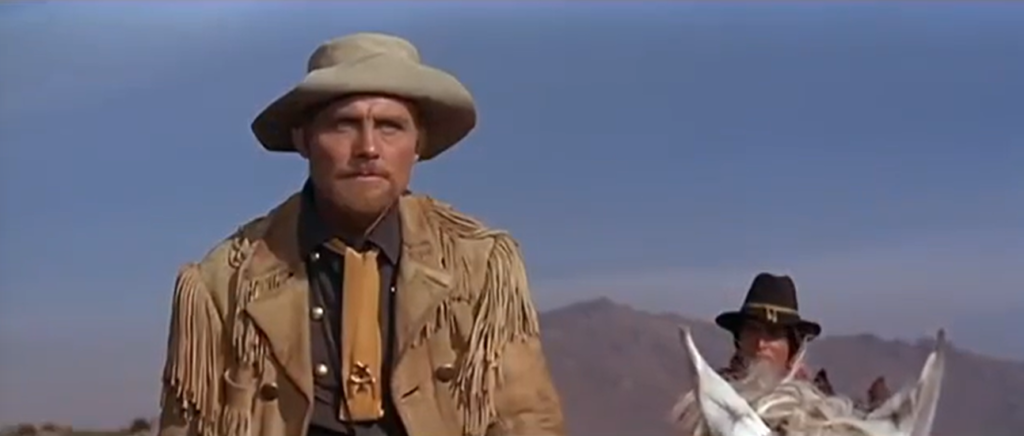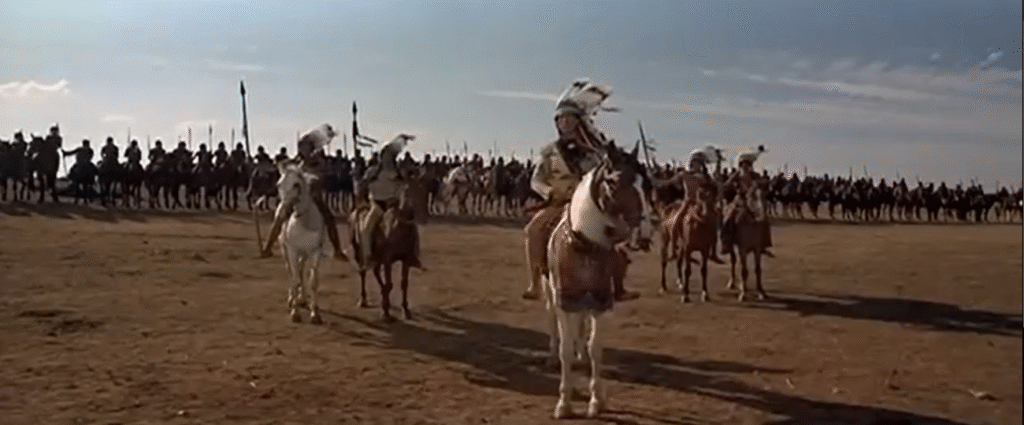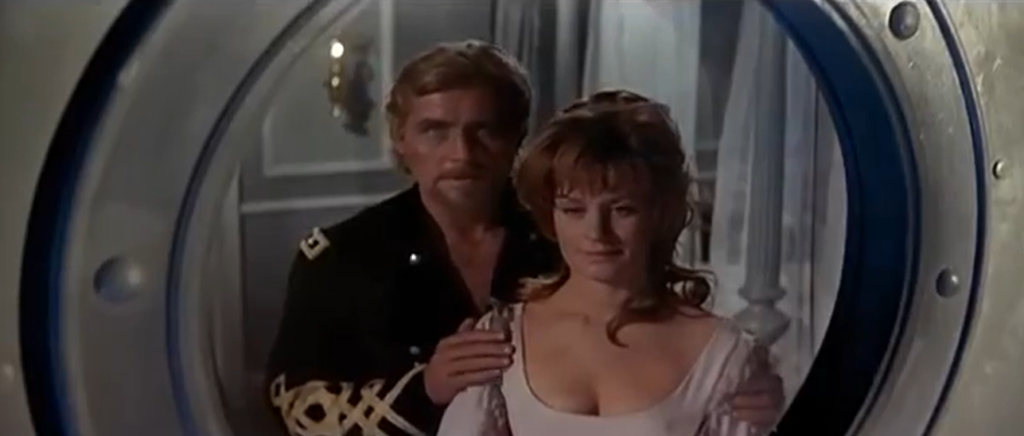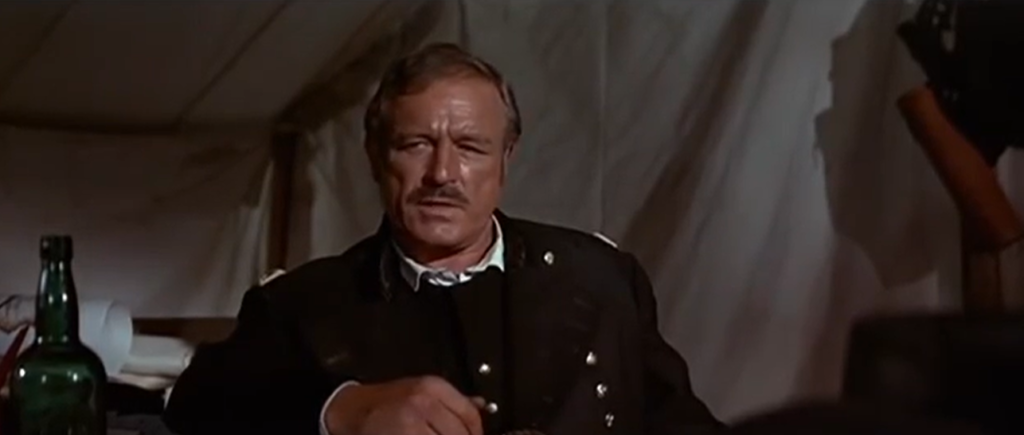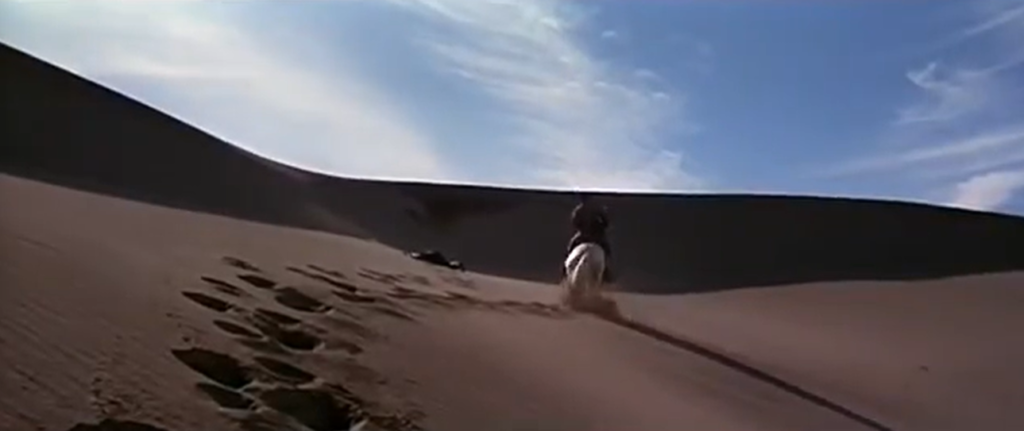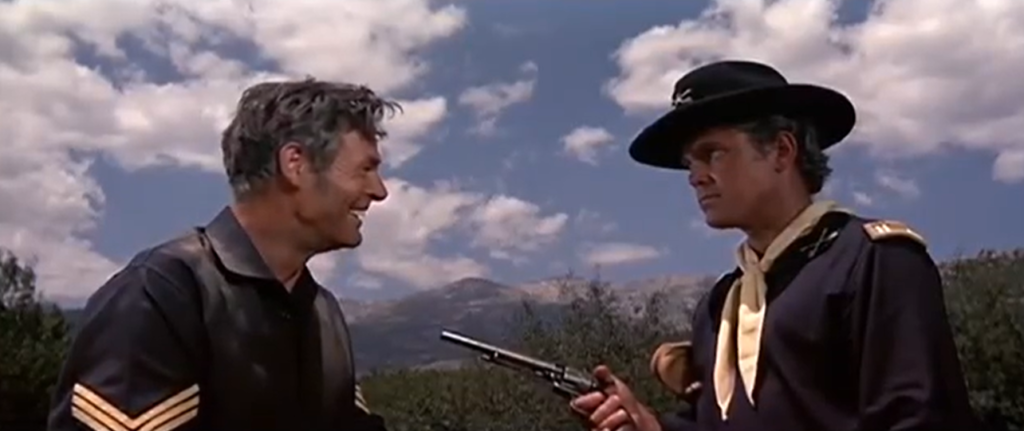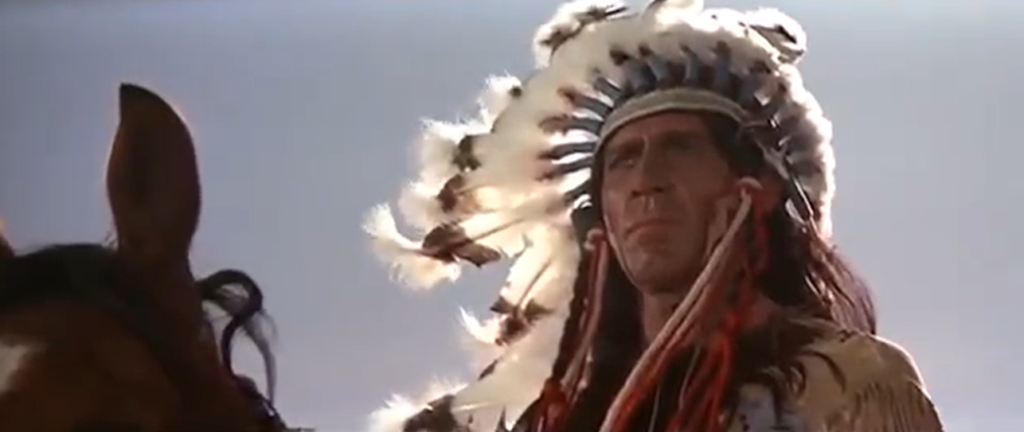Custer of the West (1967)
“Dead men make better legends.”
|
Synopsis: |
|
Genres, Themes, Actors, and Directors:
Review: Unfortunately, Shaw can’t seem to keep his accent under control; it’s distracting hearing him shift in and out of sounding reasonably American. Even worse, most of the storyline is a mess: we don’t really get a sense of who Custer was (from this cinematic depiction) other than that he was a teetotaler (until suddenly he… wasn’t?), a commander with no compunction about driving his soldiers to the ground from exhaustion: … and generally disliked by his top men, Major Marcus Reno (Ty Hardin) and Captain Benteen (Jeffrey Hunter). Benteen is meant to be the voice of reason about how badly the Native Americans have been treated: … but then at one point Shaw suddenly stands up for them in front of Congress (who we don’t see; apparently none of the $4 million budget was spent on this scene). To that end, random parts of the script are refreshingly progressive: “There is not an Indian problem; there is only a White problem,” Custer tells Congress, calling out the corruption he knows exists (and ultimately paying dearly for this). His relationship with his loyal wife (Ure) is sweet: … though she’s barely given anything to do other than literally serve him; and Tierney is fine as General Sheridan, a military figure who I didn’t know much about until reading up on him, but who had quite the storied career. Meanwhile, as DVD Savant writes:
The film’s most impressive feature by far is the often-effective use of a widescreen landscape to show off the vastness of the West. Note: Robert Ryan has an extended cameo in an entirely unnecessary bit about a gold seeking deserter. Notable Performances, Qualities, and Moments: Must See? Links: |

